Slop Squatting, Defensive UX, and Governing LLMs in the Enterprise
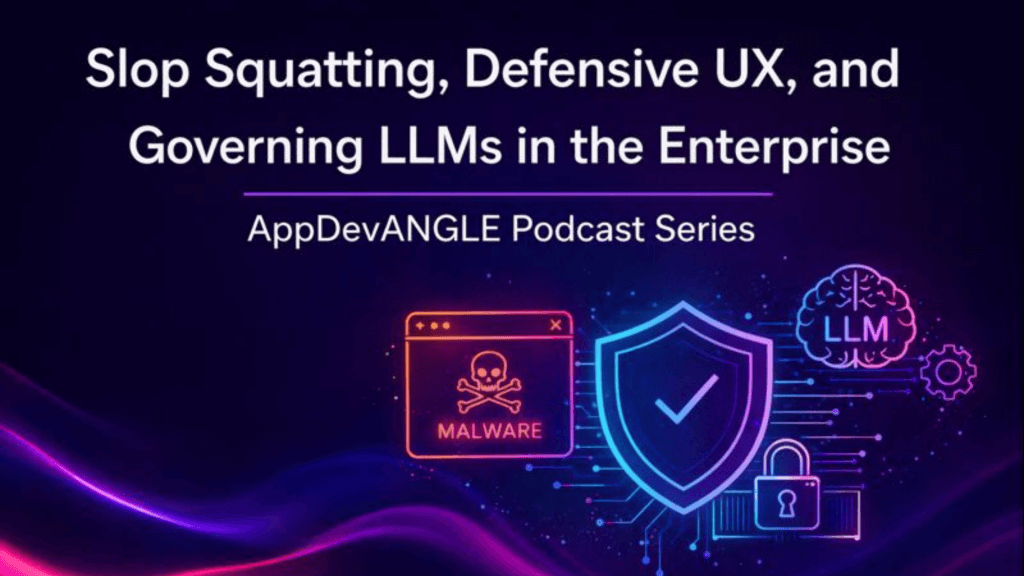
Slop squatting exposes new LLM risks. Learn why defensive UX, human oversight, and governance are critical for safe enterprise AI use.
Low-Code, Fusion Teams, and the Rise of the “Orchestrator” Developer

AI is reshaping low-code, fusion teams, and developer roles—shifting engineers from coding to orchestration and governance.
Vibe Coding, AI Code Review, and the New Trust Gap in AI-Generated Code

AI-generated code boosts velocity but raises trust issues. Explore vibe coding, AI code review, and governance in modern DevOps.
300 | Breaking Analysis | Why NVIDIA Maintains its Moat and Gemini Won’t Kill OpenAI
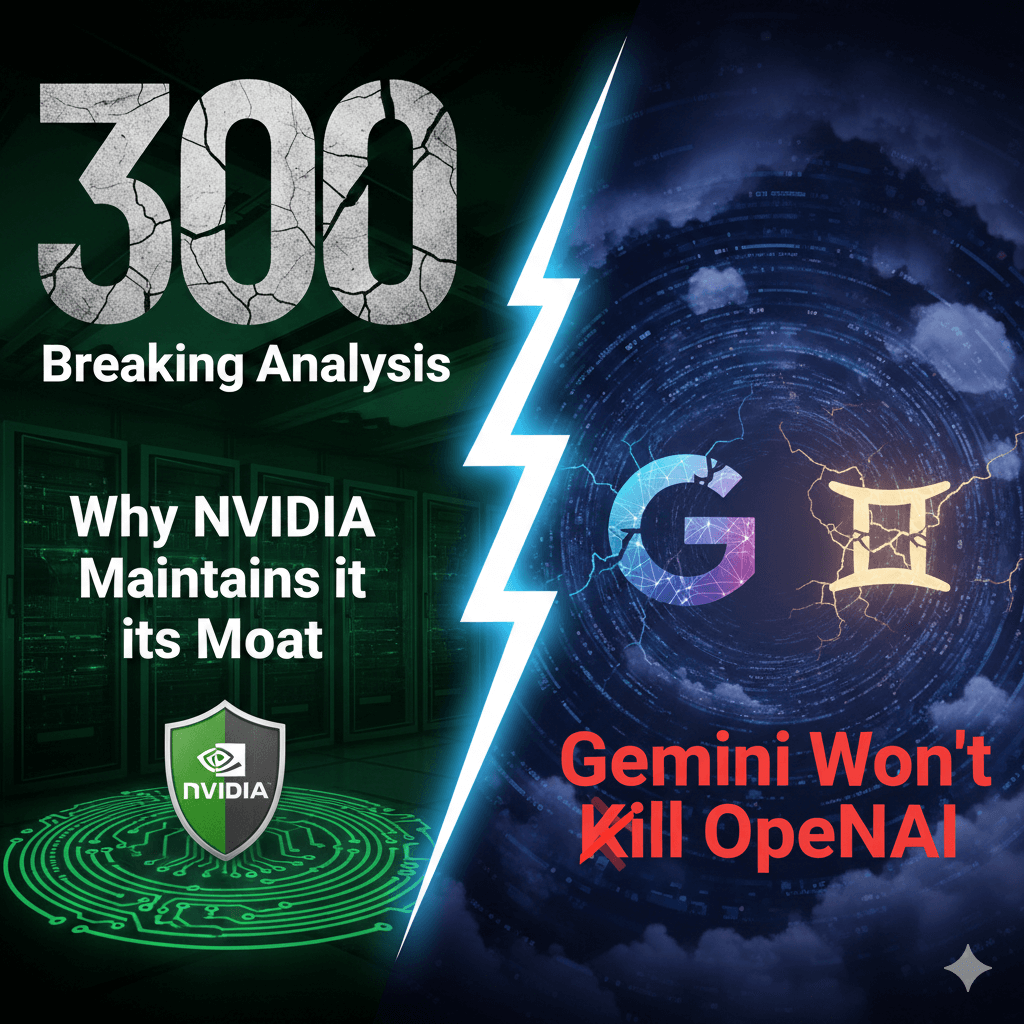
Two prevailing narratives are driving markets right now. The first is that NVIDIA’s moat is eroding primarily due to GPU alternatives like TPUs and other ASICs. The second is that Google generally and Gemini specifically is gaining share, will dominate AI search and ultimately beat OpenAI. We believe both of these propositions are unlikely to materialize as currently envisioned at least. Specifically, our research indicates that NVIDIA’s GB300 and the follow on Vera Rubin will completely reset the economics of AI. Furthermore, NVIDIA’s volume lead will make it the low cost producer and, by far, the most economical platform to run AI at scale.
Docker Pushes Secure-by-Default Containers Into the Mainstream
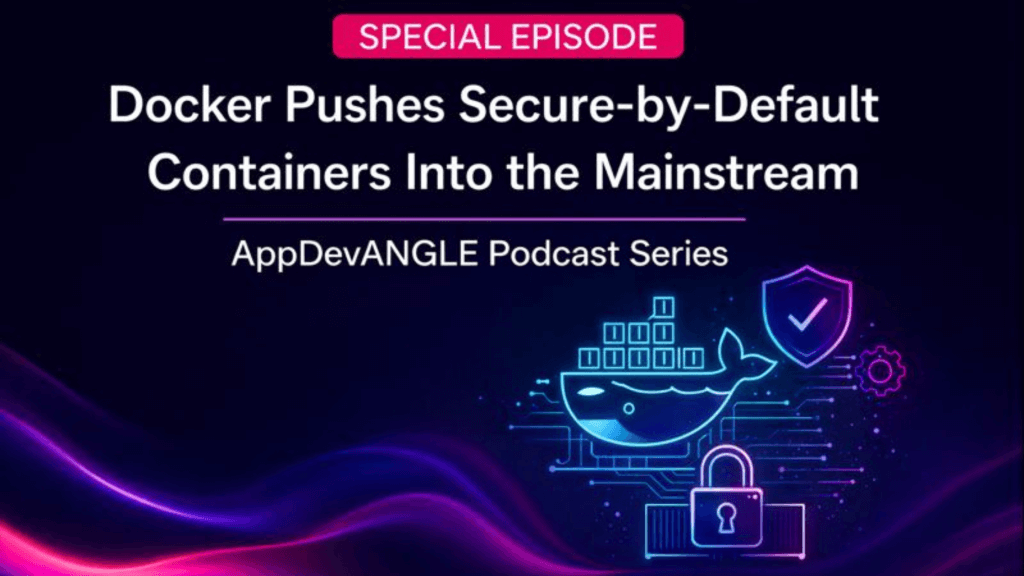
Docker makes hardened container images the default, reducing supply chain risk and bringing frictionless security to developers and AI workloads.
Securing Cloud-Native Apps Without Hitting the Brakes

How teams secure cloud-native apps without slowing releases, using shift-left security, agentless visibility, and context-driven AppSec.
Dell at Microsoft Ignite 2025: Operationalizing Hybrid AI Through Resilient Infrastructure
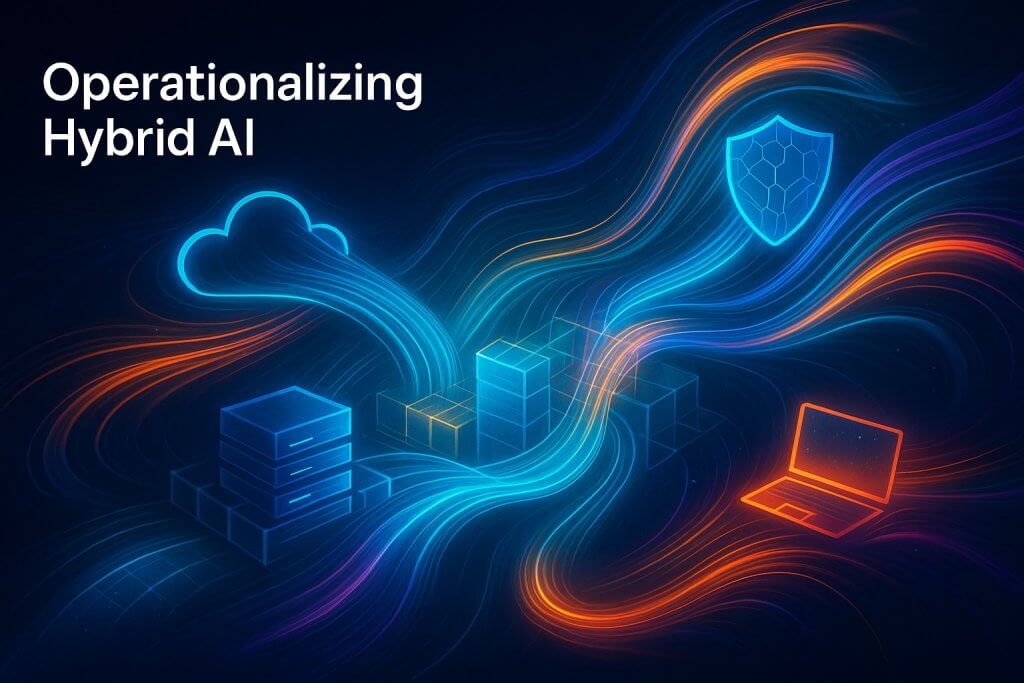
Microsoft Ignite 2025 marked a clear inflection point in how enterprises are expected to operationalize AI. The conversation has moved decisively beyond experimentation and isolated pilots toward the scalable, governed, and resilient deployment of agentic AI across hybrid environments. Throughout Ignite, Microsoft emphasized lifecycle discipline: build, govern, secure, observe, and scale, while Dell Technologies emerged as a critical execution partner, providing the infrastructure backbone required to make that vision real. From cyber resilience and storage to hybrid AI at the edge and Azure Local, Dell’s role at Ignite was not incremental; it was foundational.
299 | Breaking Analysis: Grading our 2025 Enterprise Technology Predictions

Welcome to this special Breaking Analysis, where we look back and grade ourselves on our 2025 enterprise technology predictions. This is the time of year when we get a flood of predictions from PR firms and other thought leaders. As you know, we publish predictions every January: theCUBE Research does a set, we do a […]
Private 5G and Wi-Fi 7: Why Hybrid Wireless Is Becoming the New Enterprise Default
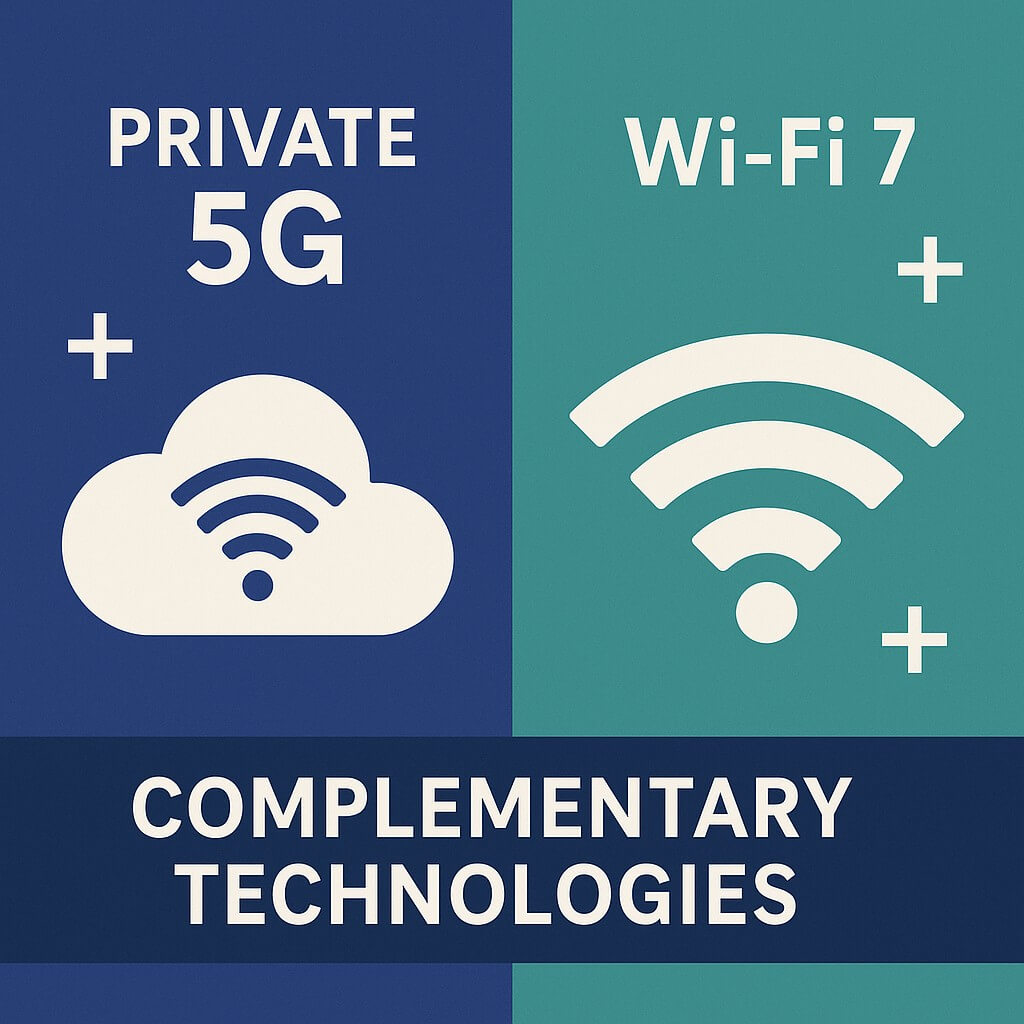
In a recent AnalystANGLE conversation, I spoke with engineering think tank and services firm STEP executives Ed Walton (CEO), Todd Kelly (CTO), and Bill Krutke (Solution Architect) about the real-world state of private 5G, Wi-Fi 7, and hybrid wireless environments. See the full video below. The discussion traced the evolution of private 5G from early […]
